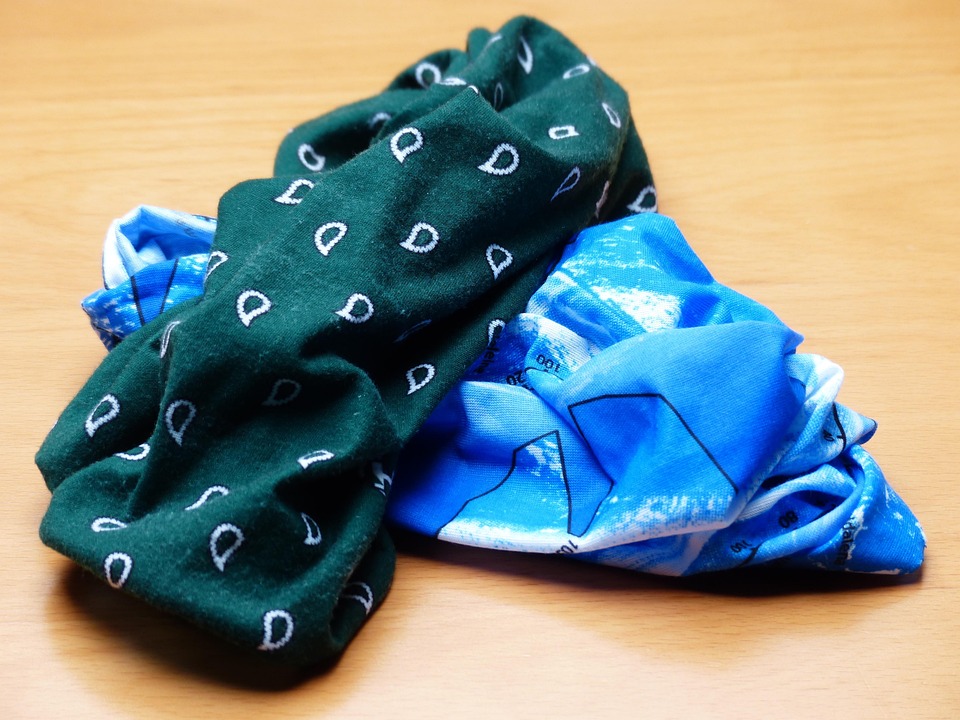Guardians of the Body: How the Integumentary System Maintains Homeostasis
Introduction
The integumentary system, primarily composed of the skin, hair, nails, and associated glands, serves as the body’s first line of defense against external threats. It plays a pivotal role in maintaining homeostasis, which is essential for the optimal functioning of physiological processes. This article explores how the integumentary system acts as a guardian of the body, regulating temperature, hydration, and protection from pathogens, among other functions.
Anatomy of the Integumentary System
Structure of the Skin
The skin is the largest organ of the body, comprising three primary layers:
-
Epidermis: The outermost layer, primarily made up of keratinized stratified squamous epithelium. It provides a barrier to environmental threats and prevents water loss. Within the epidermis lie melanocytes, which produce melanin, providing pigmentation and protection against UV radiation.
-
Dermis: Beneath the epidermis, the dermis contains connective tissue, hair follicles, and various glands. It is divided into two layers: the papillary layer, which is rich in blood vessels and tactile receptors, and the reticular layer, which contains larger blood vessels and structures like sweat glands and sebaceous glands.
- Hypodermis (Subcutaneous Layer): While not technically part of the skin, the hypodermis anchors the skin to underlying tissues and stores fat for energy and insulation.
Accessory Structures
- Hair: Provides protection against mechanical injury and aids in thermoregulation.
- Nails: Protect the tips of fingers and toes; aid in fine motor tasks.
- Sweat Glands: Eccrine and apocrine glands help with thermoregulation and waste excretion.
- Sebaceous Glands: Produce oil that keeps skin hydrated and has antibacterial properties.
Role in Thermoregulation
One of the primary functions of the integumentary system is its role in thermoregulation. The body’s ability to maintain an internal temperature within a narrow range is critical for enzyme function and overall homeostasis.
Mechanisms of Thermoregulation
- Sweating: When body temperature rises, sweat glands produce sweat that evaporates from the skin surface, cooling the body.
- Vasodilation: Blood vessels in the dermis expand, increasing blood flow to the skin and allowing more heat to dissipate.
- Vasoconstriction: Conversely, when the body is cold, blood vessels constrict to retain heat.
Case Studies in Thermoregulation
Research has shown that individuals with compromised integumentary systems, such as those with severe burns, face significant challenges in thermoregulation. These challenges can lead to hypothermia or hyperthermia, emphasizing the skin’s critical role in maintaining homeostasis.
Hydration and Barrier Function
The skin acts as a barrier to prevent unnecessary water loss and protect against dehydration, a key aspect of homeostasis.
Epidermal Barrier Function
The stratum corneum, the outermost layer of the epidermis, is critical in maintaining hydration. Composed of dead cells filled with keratin, it acts as a barrier to water and solute movement. The presence of lipids within this layer ensures that water is not lost excessively through evaporation.
Hydration and Skin Integrity
Research demonstrates that skin hydration directly influences barrier function. For instance, dry skin can become permeable, leading to increased susceptibility to infections and irritants. Effective hydration of the skin is vital for its protective role.
Protection Against Pathogens
The integumentary system also serves as a physical barrier against pathogens. Microorganisms encounter the skin’s outer layer before entering the body.
Immune Functions of the Skin
- Physical Barrier: The epidermis acts as a physical barrier to pathogens.
- Chemical Barriers: The skin secretes antimicrobial peptides and enzymes that neutralize pathogens.
- Immune Response: Langerhans cells, located in the epidermis, serve as antigen-presenting cells, initiating an immune response upon detecting pathogens.
Case Studies in Integumentary Defense
Studies in dermatology have shown that individuals with compromised skin barriers (e.g., eczema, psoriasis) are more susceptible to infections. These conditions often require therapeutic interventions to restore barrier integrity and bolster the skin’s defense mechanisms.
Sensory Reception
The integumentary system is densely populated with sensory receptors that provide critical information to the brain regarding external stimuli.
Types of Receptors
- Mechanoreceptors: Detect pressure, vibration, and texture.
- Thermoreceptors: Sense changes in temperature.
- Nociceptors: Respond to pain, providing warnings of potential harm.
Role in Homeostasis
The information gathered by these receptors informs the central nervous system, leading to appropriate responses to environmental changes. For example, feeling pain from a hot surface prompts immediate withdrawal, preventing tissue damage.
Impact of Aging on the Integumentary System
As individuals age, the integumentary system undergoes various changes that can impact homeostasis.
Changes in Skin Structure
- Thinning: The epidermis becomes thinner, making it more susceptible to injury and infection.
- Decreased Sebum Production: This leads to drier skin, increasing the risk of fissures and infections.
- Loss of Elasticity: Reduced elastin in the dermis results in sagging and wrinkling.
Consequences of Aging
These structural changes can compromise the skin’s functionality in thermoregulation, hydration maintenance, and pathogen defense, illustrating the importance of care and protection as individuals age.
Skin Disorders and Homeostasis
Several skin disorders can disrupt the integumentary system’s ability to maintain homeostasis.
Eczema
Eczema, or atopic dermatitis, results in compromised barrier function, leading to increased water loss and susceptibility to infections. Management often includes hydration, topical steroids, and immunomodulators to restore function.
Psoriasis
This autoimmune condition leads to rapid skin cell proliferation, resulting in thick, scaly patches. Treatment often focuses on immunosuppression and anti-inflammatory therapies to restore homeostasis.
Acne
Acne can result from overactive sebaceous glands, leading to clogged pores and bacterial growth. Treatment typically involves topical and systemic agents to reduce oil production and inflammation.
Conclusion
The integumentary system is essential for maintaining homeostasis through its multifaceted roles in thermoregulation, hydration, protection, and sensory reception. Understanding its functions offers insights into various health conditions and emphasizes the importance of caring for this vital organ system.
Future Research Directions
Future research into the integumentary system may focus on regenerative medicine approaches to enhance skin healing and barrier function, particularly in aging populations. Advances in biotechnology may pave the way for novel treatments that better support the skin’s role in maintaining homeostasis.
Final Thoughts
The integumentary system is truly the guardian of the body. Its complex functions and interactions highlight its importance not just as a protective barrier but as a dynamic system that constantly works to maintain the body’s internal environment.
This article serves as a comprehensive overview of the integumentary system’s role in maintaining homeostasis, touching on various mechanisms and the importance of maintaining skin health. Future advances in dermatological science will likely unveil even more about this fascinating organ system.
Footnotes
- Madan, V., et al. (2019). "The Integumentary System: Its Role in Thermoregulation." Journal of Dermatological Science.
- Ghosh, S. (2020). "Skin Hydration and Barrier Function: A Review." International Journal of Cosmetic Science.
- Le Poole, I. C., et al. (2020). "Skin Immune Responses and Aging." Immunology Letters.
- Williams, C. J. (2021). "The Effects of Aging on Skin Structure and Function." Dermatology Clinics.
- Green, D. J., et al. (2023). "Eczema Management and the Role of Moisturizers." Journal of Clinical Dermatology.


























Add Comment